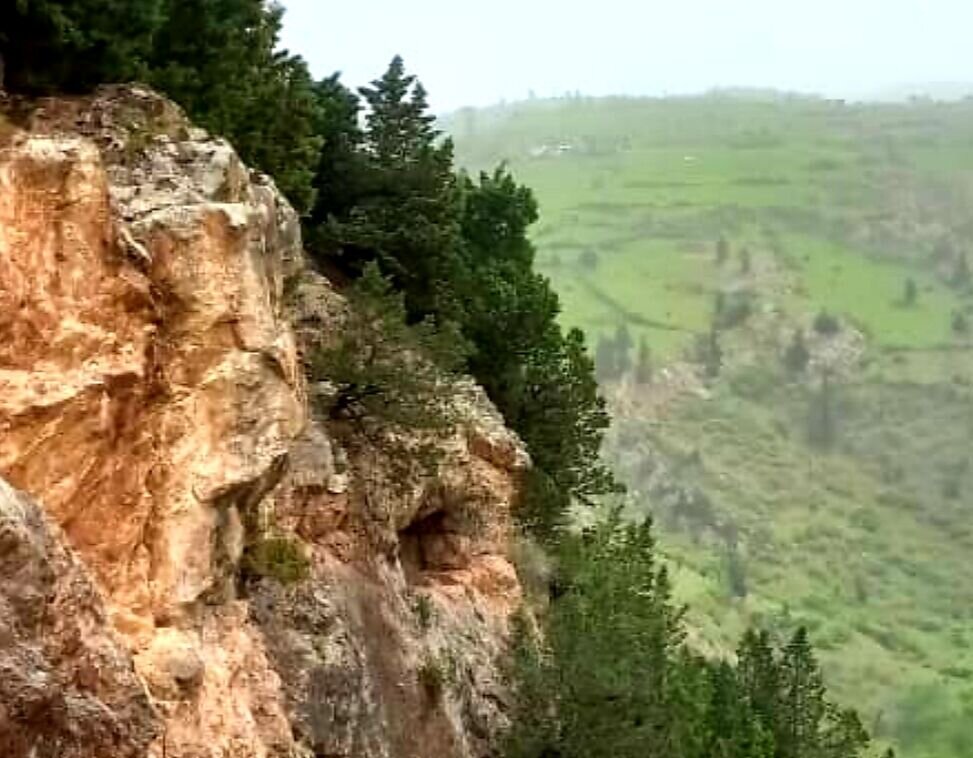Ancient cave discovered in northern Iran

TEHRAN – A team of Iranian archaeologists has recently discovered an ancient cave in Rudbar, northern Gilan province, the provincial tourism chief has said.
The cave is approximately seven meters long and one meter wide and it is estimated to date back to four thousand years ago, CHTN quoted Vali Jahani as saying on Sunday.
Because of its location, the cave is inaccessible without special equipment, and the route through it is also difficult to cross, the official added.
However, according to archeological visits and studies, relics from the Bronze Age have been found there, he explained.
Exploring a cave may not be on the “to-do list” of travelers in Iran. However, Karaftu, Ali-Sadr and Quri Qaleh, and Katale-Khor are among the most visited caves.
Iran is geologically a part of the Alpine-Himalayan organic belt. According to Britannica Encyclopedia, the enigmatic evidence of human presence on the Iranian plateau is as early as Lower Paleolithic times.
The first well-documented evidence of human habitation is in deposits from several excavated cave and rock-shelter sites, located mainly in the Zagros Mountains of western Iran and dated to Middle Paleolithic or Mousterian times (c. 100,000 BC).
Gilan is well-known for its rich Iron Age cemeteries such as Marlik that have been excavated over the past century. It was once within the sphere of influence of the successive Achaemenian, Seleucid, Parthian, and Sassanid empires that ruled Iran until the 7th century CE. The subsequent Arab conquest of Iran led to the rise of many local dynasties, and Gilan acquired an independent status that continued until 1567.
Sophisticated Rasht, the capital of Gilan province, has long been a weekend escape for residents of Tehran who are looking to sample the famous local cuisine and hoping for some pluvial action – it's the largest, and wettest town in the northern region. Gilan is divided into a coastal plain including the large delta of Sefid Rud and adjacent parts of the Alborz mountain range.
ABU/AFM

Leave a Comment